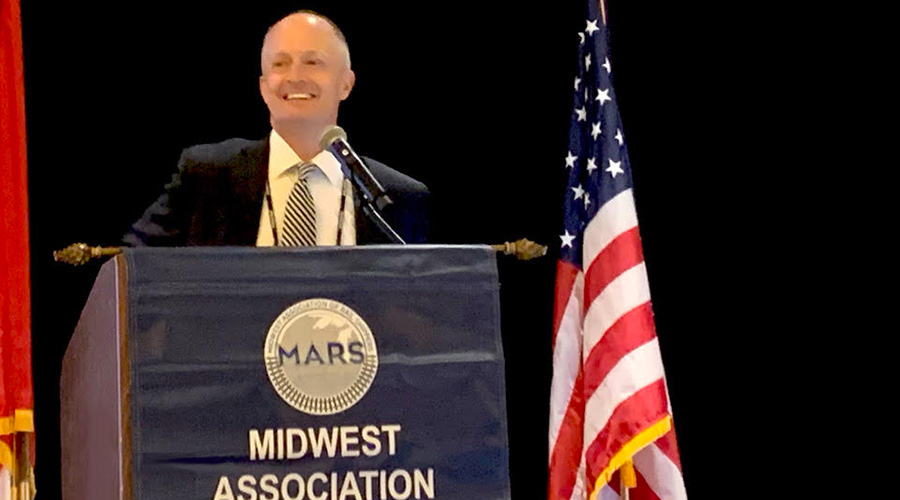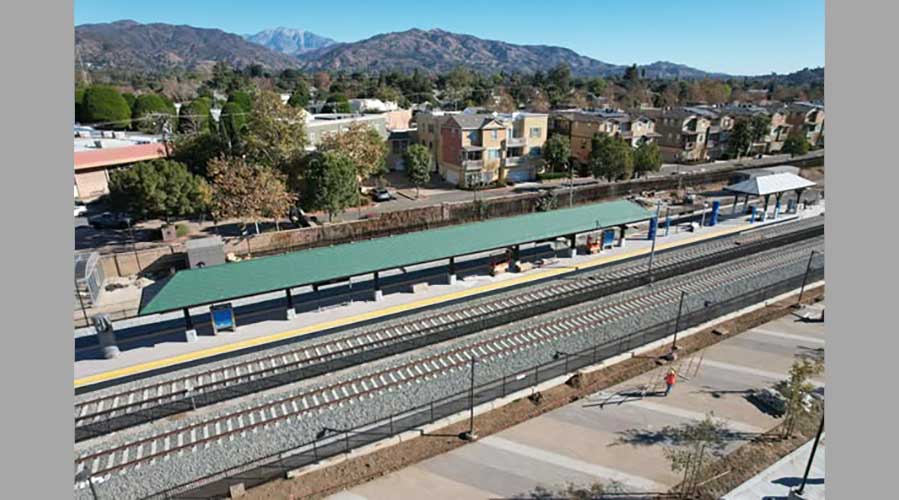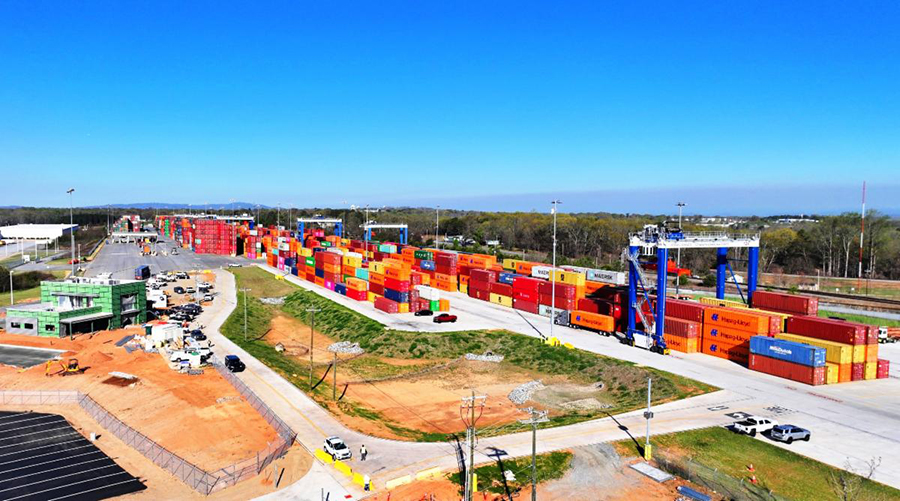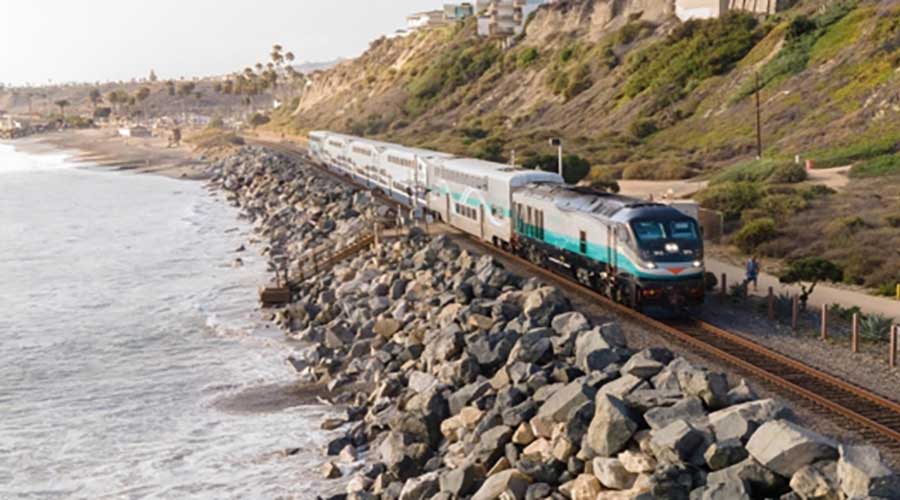Stay updated on news, articles and information for the rail industry
11/16/2016
Rail News: Federal Legislation & Regulation
NTSB unveils new two-year 'Most Wanted' safety recommendations
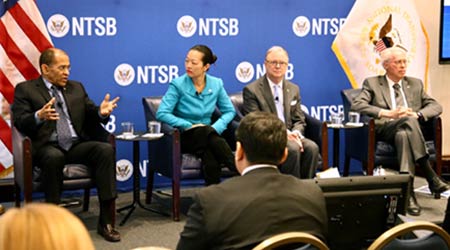
The National Transportation Safety Board (NTSB) this week unveiled a top 10 "Most Wanted" list of safety recommendations for years 2017 and 2018, including one that calls for the safe shipment of hazardous materials.
The list features recommendations that the board has called for in prior years, but the hazmat issue was highlighted as its own recommendation for the next two years. In the past, the hazmat shipment recommendation has been included as part of broader safety concerns.
The board has issued the list for the past 26 years. It serves as its "roadmap for lessons learned to lives saved," said NTSB Chairman Christopher Hart during a media briefing held at the National Press Club in Washington, D.C.
"The list represents actions which, if taken, will safe lives, prevent injuries and reduce property damage in all modes of transportation," he said.
The complete list of 10 recommendations for 2017-18 calls for:
• eliminating distractions;
• reducing fatigue-related accidents;
• preventing loss of control in flight in general aviation;
• improving transit-rail safety oversight;
• ending alcohol and other drug impairment in transportation;
• increasing implementation of collision avoidance technologies;
• expanding recorder use to enhance safety;
• requiring medical fitness of operators;
• strengthening occupant protection; and
• ensuring the safe shipment of hazardous materials.
The hazardous materials issue boils down to two concerns: the bulk shipment of lithium batteries and the shipment of hazardous materials by rail in tank cars that are suitable for the task, said NTSB member Robert Sumwalt.
One rail-specific item on the new list is a repeat: improving transit-rail safety oversight. Hart noted that transit agencies lacked systematic oversight for many decades, until federal legislation passed in 2012 provided the Federal Transit Administration (FTA) safety oversight of transit agencies.
And while the FTA has been focused on addressing critical safety problems at the Washington Metropolitan Area Transit Authority over the past year, the board is pushing for better oversight of transit-rail "everywhere we look," Hart said.
"We are looking at this issue around the country, as we are seeing too many fatalities" on transit rail, he said.
With a goal of bringing more attention to the issues on the list and the safety recommendations that drive them, the NTSB moved to the two-year cycle rather than an annual list.
The new list did not change much from the 2016 list because it reflects the transportation safety areas that the board believes present the most opportunity for change, board members said.


 LRW Honors Amtrak’s Acheson As Railway Woman Of The Year
LRW Honors Amtrak’s Acheson As Railway Woman Of The Year
 From Editor-In-Chief Foran: Of Gender Equity And Inclusion
From Editor-In-Chief Foran: Of Gender Equity And Inclusion
 Spotlight On Some Of Today’s Rail Safety Products
Spotlight On Some Of Today’s Rail Safety Products
 Women of Influence in Rail eBook
Women of Influence in Rail eBook
 railPrime
railPrime